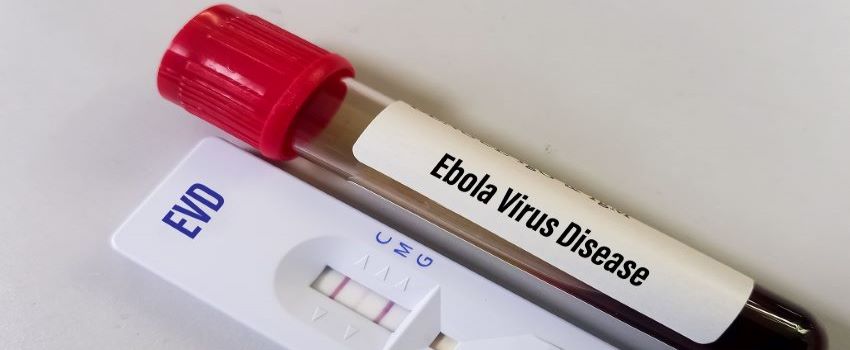By Rhonda Jones, RM (NRM)
Last updated on July 17, 2025
In July, the U.S. EPA triggered their Emerging Viral Pathogen Policy (EVP) for the second time since the policy’s creation, to allow for off label claims against RHDV2. Though not a threat to human health or other domestic animals, this virus is highly contagious and has an 80-90% fatality rate in rabbits. RHVD2 was first discovered in the U.S. in 2018. Few cases were detected in the U.S. until March 2020, when, according to the USDA Fact Sheet, the disease was found in a rabbit in New Mexico. Since March, the illness has spread throughout the southwestern U.S and the USDA continues to track the outbreak on their USDA Case Tracker.
About RHDV2
Though RHDV2 is an emerging virus in the U.S., Rabbit Hemorrhagic Disease (RHD) (caused by RHDV) was discovered in 1984 in China and has since killed millions of rabbits worldwide. It spreads through food, water, blood, carcasses, and contaminated materials and is very difficult to inactivate, as it is resistant to heat and can survive up to 3 months at room temperature. (1) As the virus is new to the United States, almost no EPA registered disinfecting products have claims against RHDV2, which has caused EPA to activate their EVP Policy and create List O: Disinfectants for Use Against Rabbit Hemorrhagic Disease Virus (RHDV2).
What is the EPA Emerging Viral Pathogen Policy?
See Dr. Denise Burnside’s blog The Path to Making Off-Label Disinfection Claims Against SARS-CoV-2 on EPA-Registered Products, for more information about EPA’s Emerging Viral Pathogen Policy.
How to Qualify for an Emerging Viral Pathogens Claim Against RHDV2
The Emerging Viral Pathogen Program Guidance categorizes viruses into the below three categories with Enveloped Viruses being the most susceptible to inactivation by a typical disinfectant and Small, Non-Enveloped Viruses being the least susceptible.

RHDV2 is a small non-enveloped virus in the Caliciviridae family (Other members of this family include feline calicivirus, human norovirus, murine norovirus). Since this virus is in the “hardest to inactivate” category based on viral structure to be “preapproved” for emerging pathogen claims, the registration must have testing and accepted claims for at least two other small non-enveloped viruses from separate viral families. Emerging pathogen claims allow only “off-label” and “indirect” claims since the specific virus has not yet been tested. If pre-approved, emerging pathogens language will clearly be displayed on the disinfectant’s EPA Master Label. If a product was not “preapproved”, the registrant must file a submission with EPA to add these claims via a PRIA Amendment or an FQPA filing.
List O
EPA and USDA have responded quickly to this virus and created a list of disinfectant products recommended for use against the virus based on the Policy. Though this list does not constitute EPA endorsement of a product, it provides a quick reference for consumers to know which products should be effective against RHDV2.
If you believe your product fits the EVP requirements and wish to add it to List O, contact SRC for assistance.
References
- USDA Detailed RHDV Emergency Management Manual
- USDA Fact Sheet
- USDA Case Tracker
- List O: Disinfectants for Use Against Rabbit Hemorrhagic Disease Virus (RHDV2)
- OIE Fact Sheet
- Emerging Viral Pathogen Program Guidance
Rabbit image by Jack Bulmer from Pixabay





